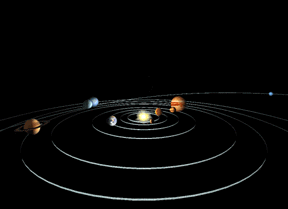This is an image of the solar system.
Click on image for full size
Solar System Formation
Scientists believe that the solar system was
formed when a cloud of gas and dust
in space was disturbed, maybe by the explosion of a nearby star (called a supernova). This explosion made waves in space which squeezed the cloud of gas and dust. Squeezing made the cloud start to collapse, as gravity pulled the gas and dust together, forming a solar nebula. Just like a dancer that spins faster as she pulls in her arms, the cloud began to spin as it collapsed. Eventually, the cloud grew hotter and denser in the center, with a disk of gas and dust surrounding it that was hot in the center but cool at the edges. As the disk got thinner and thinner, particles began to stick together and form clumps. Some clumps got bigger, as particles and small clumps stuck to them, eventually forming planets or moons . Near the center of the cloud, where planets like Earth formed, only rocky material could stand the great heat. Icy matter settled in the outer regions of the disk along with rocky material, where the giant planets like Jupiter formed. As the cloud continued to fall in, the center eventually got so hot that it became a star, the Sun, and blew most of the gas and dust of the new solar system with a strong stellar wind. By studying meteorites, which are thought to be left over from this early phase of the solar system, scientists have found that the solar system is about 4600 million years old!
You might also be interested in:

As shown in this picture, while they were forming in the solar nebula, the nucleii of the planets-to-be (called protoplanets) drew material to themselves from the cloud of gas and dust around them. The
...more
Titan is similar to the other icy moons, but Titan is the only icy moon to have a big atmosphere. It is natural to ask how is this possible? The nebula was colder near Saturn, than near Jupiter. The nebula
...more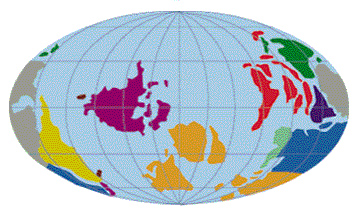
The Archean is the name of the age which began with the forming Earth. This period of Earth's history lasted a long time, 2.8 billion years! That is more than half the expected age of the Earth! And no
...more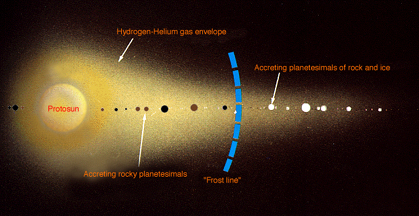
The position of the planets in the solar nebula greatly affected their 1. size and 2. composition. This is because of the effect of how cold it was in the nebula. 1. The nebula was a lot warmer close to
...more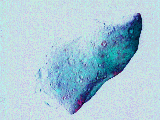
The first asteroid collection mission has been set. Japan and the United States will join together in the MUSES-C mission. The mission is to be launched in January 2002 from Japan. The spacecraft will
...more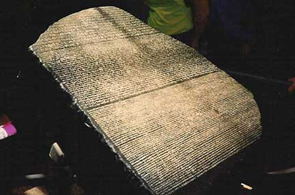
For thousands of years, the Egyptian civilization used a written language called hieroglyphics. This language was used from ancient times through the last several centuries B.C. At this point, the Greeks
...more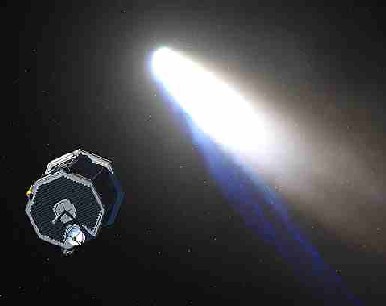
NASA’s Comet Nucleus Tour (CONTOUR), launched July 3, 2002. The CONTOUR spacecraft will fly by at least two comets, taking pictures and collecting dust from the nucleus of each comet to help scientists
...more


